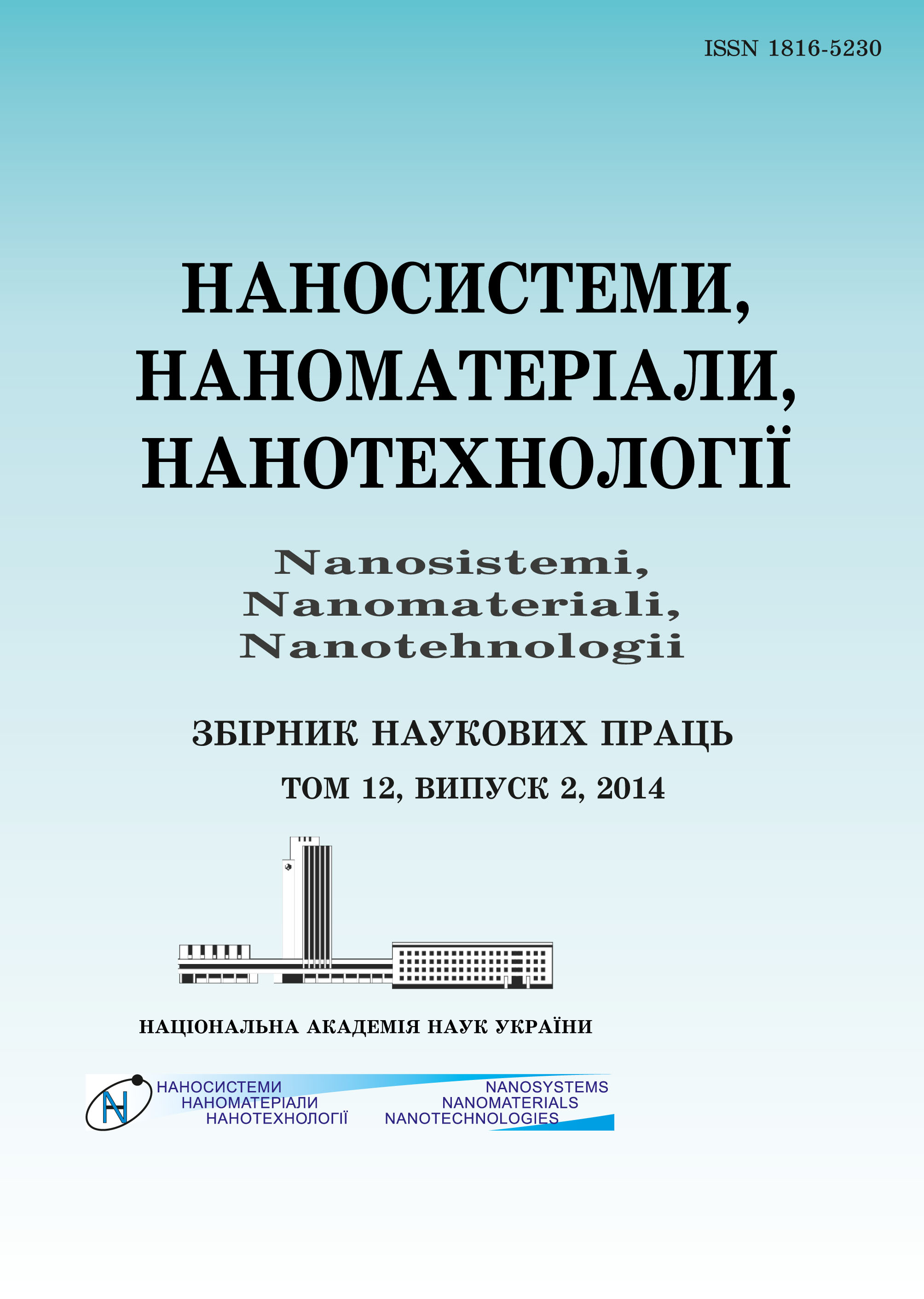|
|
|||||||||
 |
Year 2017, Volume 15, Issue 2 |
|
|||||||
|
|||||||||
¬ыпуски/2017/том 15 /выпуск 2 |
M. Yu. Smyrnova-Zamkova, V. P. RedТko, O. K. Ruban, O. V. Dudnik
«The Properties of Nanocrystalline Powder of 90% Al2O3Ц10% ZrO2 (wt.%) Obtained via the Hydrothermal Synthesis/Mechanical Mixing»
309–317 (2017)
PACS numbers: 61.43.Gt, 61.46.Hk, 68.37.Hk, 81.07.Wx, 81.20.Ev, 81.40.Ef, 81.70.Pg
The ZTA nanocrystalline powder of (wt.%) 90% Al2O3Ц10% ZrO2 (Y2O3, CeO2) is synthesized by means of the combined hydrothermal synthesis/mechanical mixing method. The resulting powder is sintered for 2 hour at temperatures of 400?C, 550oC, 700oC, 850oC, 1000?C, 1150oC, 1300oC, and 1450oC. Physicochemical properties of nanocrystalline powders are characterised by differential-thermal analysis and X-ray diffraction, scanning electron microscopy (SEM) and BET methods. As shown, during sequential annealing of a powder, the rate of sintering activity is decreased after 1000oC, as evidenced by changes in morphology. The character of specific surface of nanocrystalline powders is changed with temperature of heat treatment of them; this is conditioned by phase transformations of the ZrO2-based solid solution and sintering processes.
Key words: nanocrystalline powder, ZTA, combined method of hydrothermal synthesis/mechanical mixing, phase transformation, surface area, alpha-Al2O3.
https://doi.org/10.15407/nnn.15.02.0309
REFERENCES
1. J. Chevalier and L. Gremillard, J. Eur. Ceram. Soc., 29: 1245 (2009).
https://doi.org/10.1016/j.jeurceramsoc.2008.08.025
2. J. Chevalier, L. Gremillard, A. V. Virkar, and D. R. Clarke, J. Am. Ceram. Soc., 92: 1901 (2009).
https://doi.org/10.1111/j.1551-2916.2009.03278.x
3. R. H. J. Hannink, P. M. Kelly, and B. C. Muddle, J. Am. Ceram. Soc., 83, No. 3: 461 (2000).
https://doi.org/10.1111/j.1151-2916.2000.tb01221.x
4. T. Douillard, J. Chevalier, and A. Descamps-Mandine, J. Europ. Ceram. Soc., 32, No. 8: 1529 (2012).
https://doi.org/10.1016/j.jeurceramsoc.2012.01.003
5. I. Clarke, M. Manaka, and D. D. Green, Journal of Bone and Joint Surgery-American, 85, No. 4: 73 (2003).
https://doi.org/10.2106/00004623-200300004-00009
6. R. C. Garvie, R. H. Hannink, and R. T. Pascoe, Nature (London), 258: 703 (1975).
https://doi.org/10.1038/258703a0
7. S. M. Naga, E. M. Abdelbary, and M. Awaad, Ceramics International, 39, No. 2: 1835 (2013).
https://doi.org/10.1016/j.ceramint.2012.08.031
8. L. M. Lopato, L. V. Nazarenko, G. Y. Gerasimyuk, A. V. Shevchenko, Izv. AN USSR. Neorgan. Materialy, 26, No. 4: 834 (1990) (in Russian).
9. E. R. Andrievskaya, V. P. Red'ko, and L. M. Lopato, Poroshkovaya Metallurgiya, 7, No. 8: 109 (2001) (in Russian).
10. S. N. Lakiza and L. M. Lopato, J. Am. Ceram. Soc., 80, No. 4: 893 (1997).
https://doi.org/10.1111/j.1151-2916.1997.tb02919.x
11. O. V. Al'myasheva, Eh. N. Korytkova, and A. V. Maslov, Neorgan. Materialy, 41, No. 5: 1 (2005) (in Russian).
https://doi.org/10.1007/s10789-005-0152-7
12. Novyye Materialy (Ed. Yu. S. Karabasov) (Moscow: MISiS: 2002) (in Russian).
13. Neorganicheskoe Materialovedenie (Ed. V. V. Skorokhod) (Kiev: Naukova Dumka: 2008), p. 339 (in Russian).
|
©2003—2021 NANOSISTEMI, NANOMATERIALI, NANOTEHNOLOGII G. V. Kurdyumov Institute for Metal Physics of the National Academy of Sciences of Ukraine.
E-mail: tatar@imp.kiev.ua Phones and address of the editorial office About the collection User agreement |